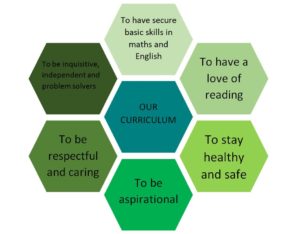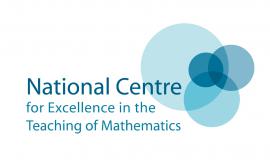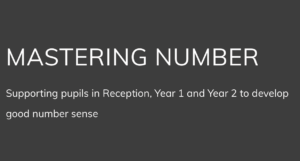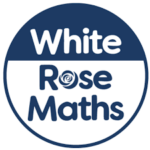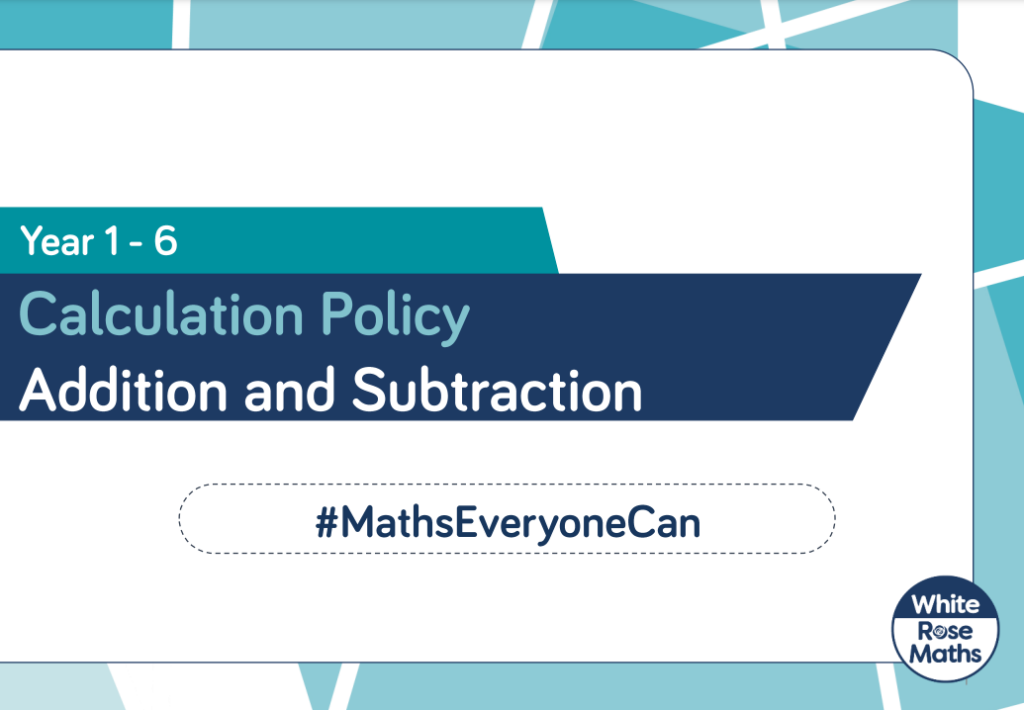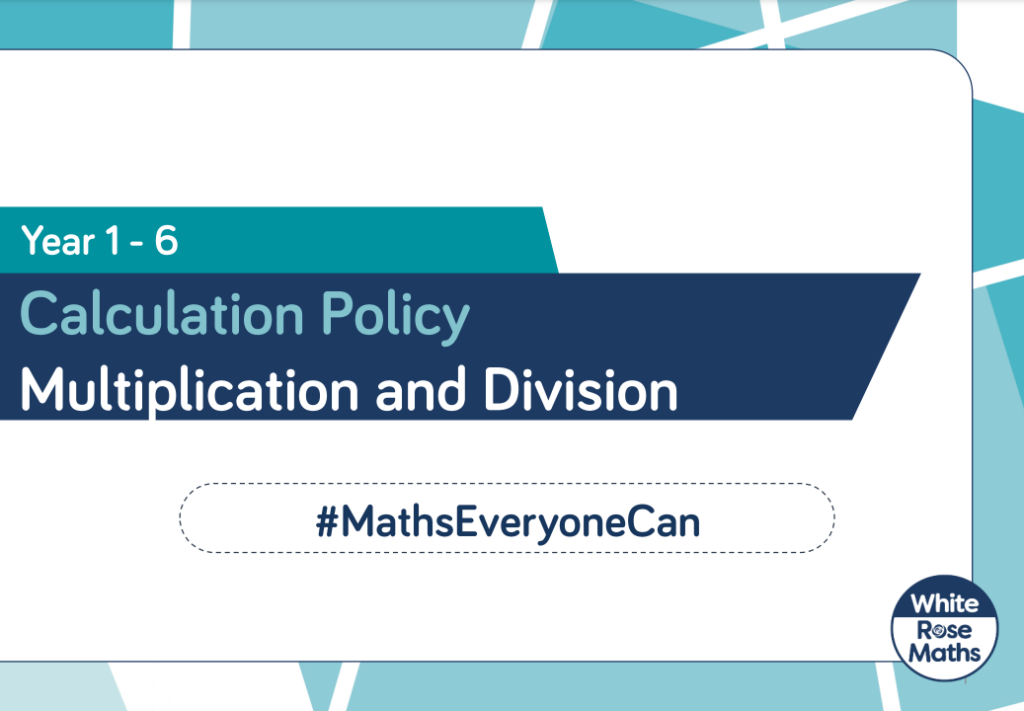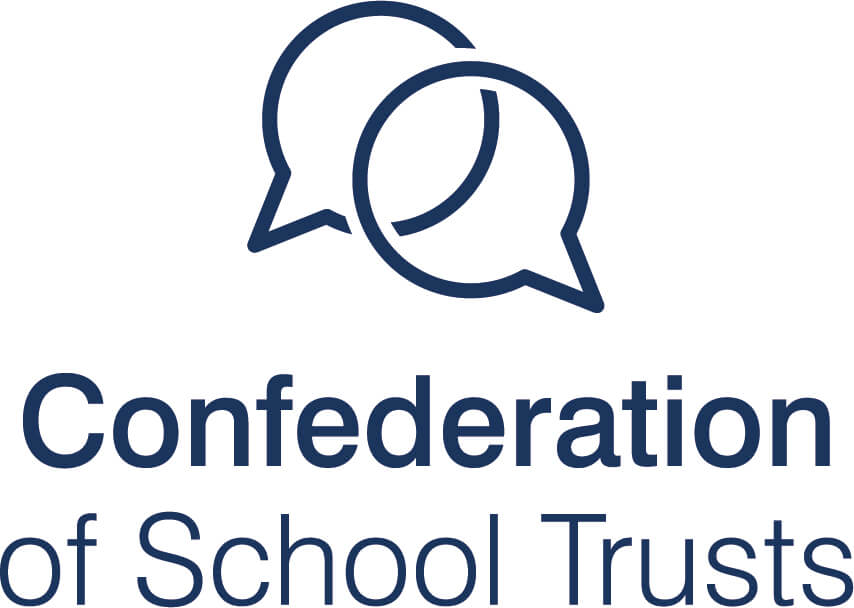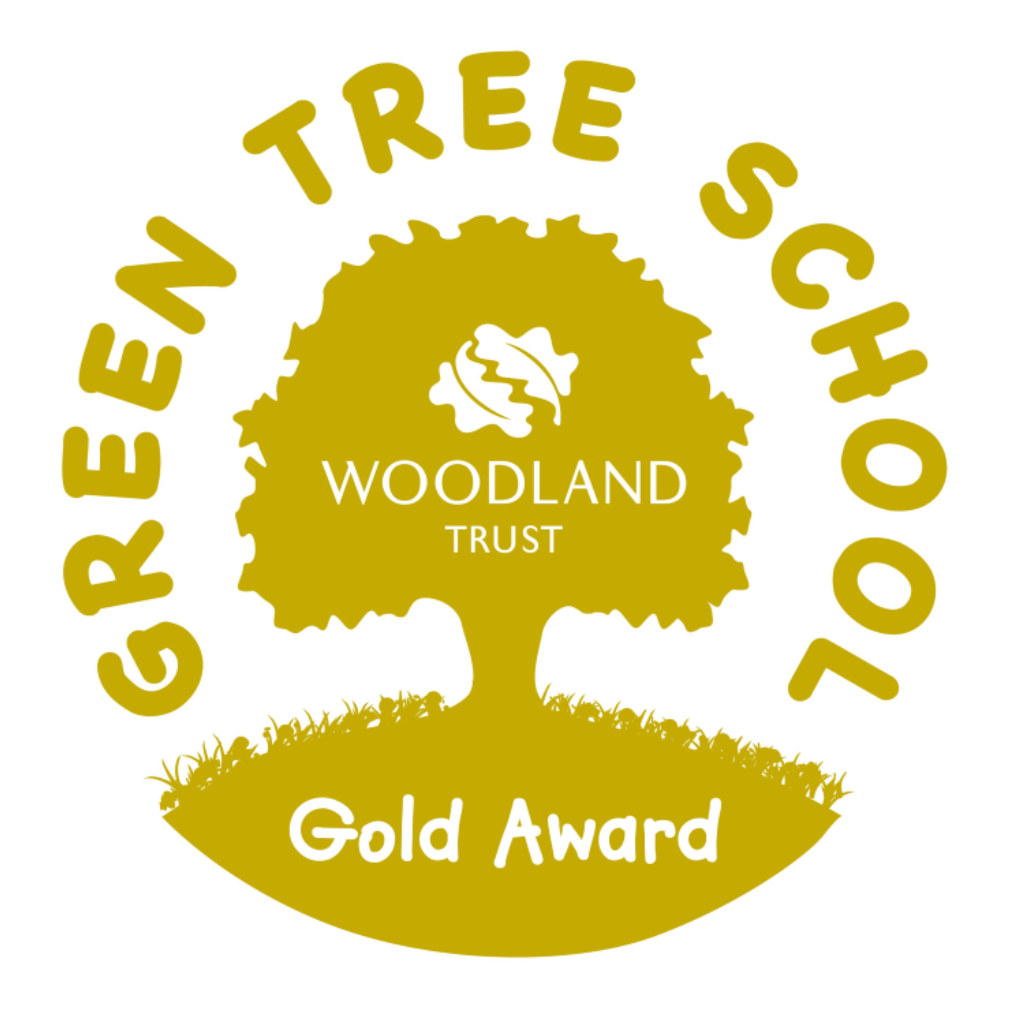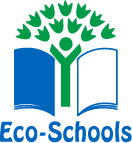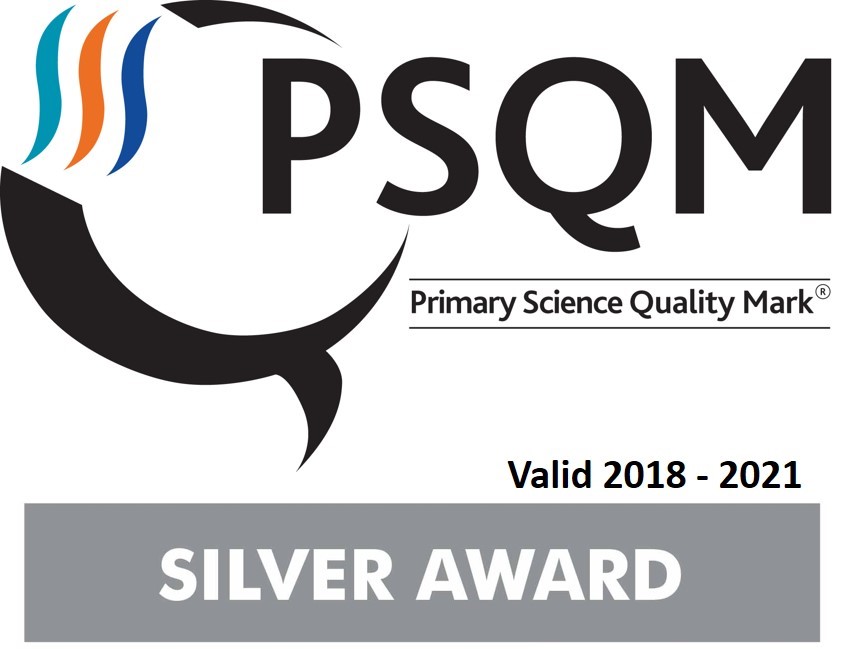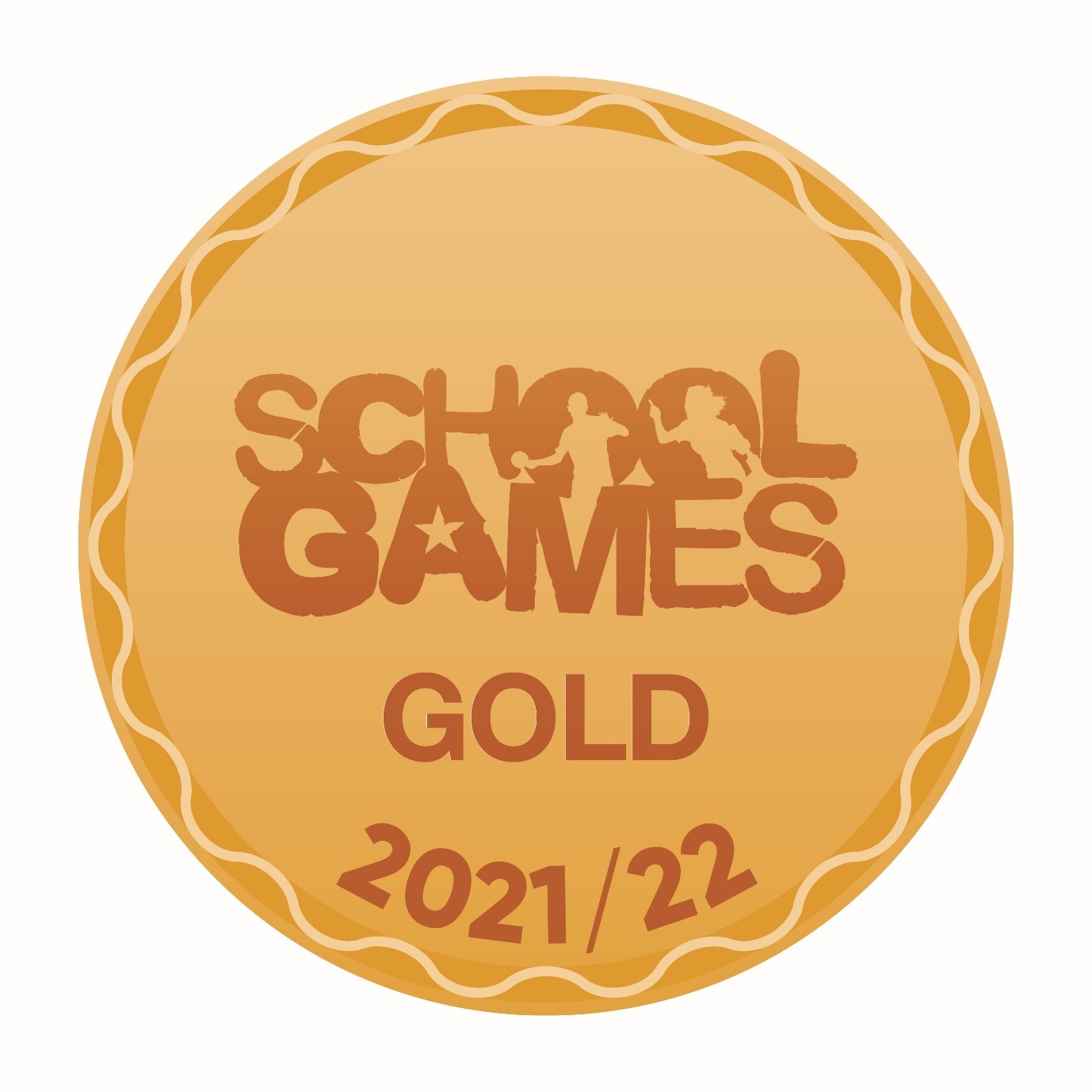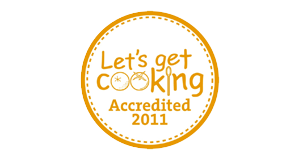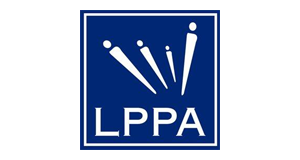Maths
Welcome to the maths page of our website.
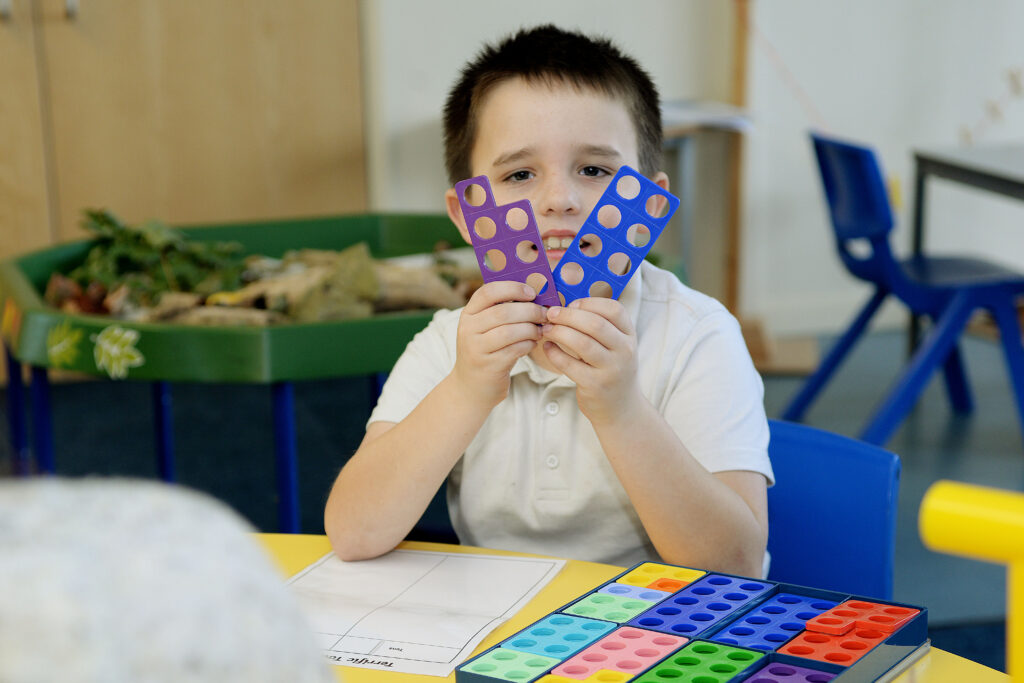
Here you will find information on the way our children develop their skills at Overfields Primary School in this vital and fascinating subject. We are aiming to produce pupils with the skills and knowledge to become confident mathematicians; to be able to use maths whenever it is required as both a child and an adult and to use maths as a key to unlock problems, to be creative and to have fun.
To see the way that teaching and learning in maths supports our school’s wider curriculum vision, click the image below:
Teaching for Mastery
In 2019, we began to adopt a ‘Teaching for Mastery’ (TfM) approach to maths. Teaching for Mastery is an approach that covers school organisation and classroom practice to allow pupils to ‘master’ each stage of their maths development. The aim is to allow each and every pupil to acquire a deep, long lasting and adaptable understanding of maths. When a pupil masters one aspect of maths it opens up the opportunity to move successfully to more advanced material.
Without mastery, the journey through new learning can create gaps in knowledge that prevent children from accessing the next steps required. Pupils can show mastery at any age, it is not an end point.
Mastering maths means pupils acquiring a deep, long-term, secure and adaptable understanding of the subject. They make connections between different elements and know why and how each link together. They become fluent in moving from one aspect of maths to another to allow them to find the best way to solve a problem. Pupils who are showing mastery of an aspect of maths are ‘understanding’ rather than just ‘doing’ maths.
Mastering Number
In September 2022 we started a new Teaching for Mastery project called Mastering Number. The Mastering Number project runs in Reception, Year1 and Year 2 classes and consists of a daily 15 minute maths session, additional to the normal maths lesson, which focusses purely on number and place value.
The aim over time is that children will leave KS1 with fluency in calculation and a confidence and flexibility with number. The project will also help with the transition from Reception to Year 1 which some children can find challenging.
The Mastering Number sessions make use of a piece of equipment called a Rekenrek, this is a counting frame that has rows of 10 beads. Each row has five red and five white beads that can easily be moved along the rungs.
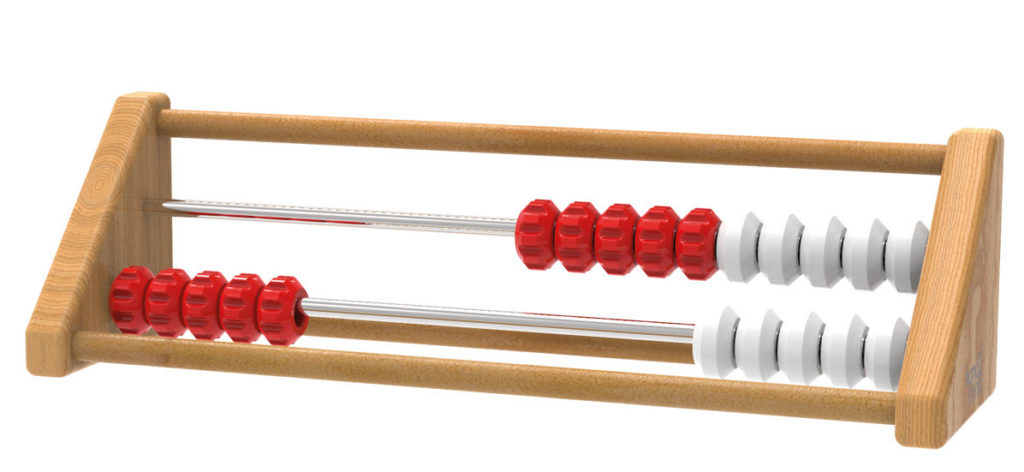
If you would like to find out more about Teaching for Mastery, you can access the National Centre for Excellence in Teaching Maths here:
For more information about the Mastering Number project, click here:

Maths Planning
At Overfields Primary School, we use the White Rose Maths Schemes of Learning.
White Rose Maths is an organisation that provides maths resources and Schemes of Learning for pupils of all ages, from early years to secondary school. The Schemes of Learning are yearly frameworks that break down what children need to learn during each week of each term to master the learning objectives laid out by the National Curriculum. White Rose maths resources support our Teaching for Mastery approach to maths learning.
You can visit the White Rose website by clicking the image below. It contains a lot of information for parents on supporting their children at home as well as resources and planning that we use in school.
You can view our maths planning in more detail by visiting the curriculum year group page on our website here.

Power Maths Textbooks
In addition to the resources available through Whiterose Maths, our school have invested in the Power Maths textbooks to support learning in each year group. Power Maths is one of only two textbooks approved by the Department of Education. Power Maths supports our Teaching for Mastery approach to maths learning.

Calculation Policy
Pupils can use many different methods in order to solve addition, subtraction, multiplication and division problems. Some methods are more efficient for certain problems and situations and a confident mathematician can pick and choose the correct method from a variety they know. To ensure these methods are taught in a logical and progressive manner, we use a calculation policy which shows the different methods that each year group will be introduced to and on which subsequent methods will build. To see our calculation policy, click the following links:

Maths in Early Years
Across Nursery and Reception, we develop the children’s mathematical understanding through stories, songs, games, imaginative play and everyday activities such as snack time, morning routines, so that children enjoy experimenting and become confident, comfortable and curious about numbers, shapes, patterns and measures in their environment.
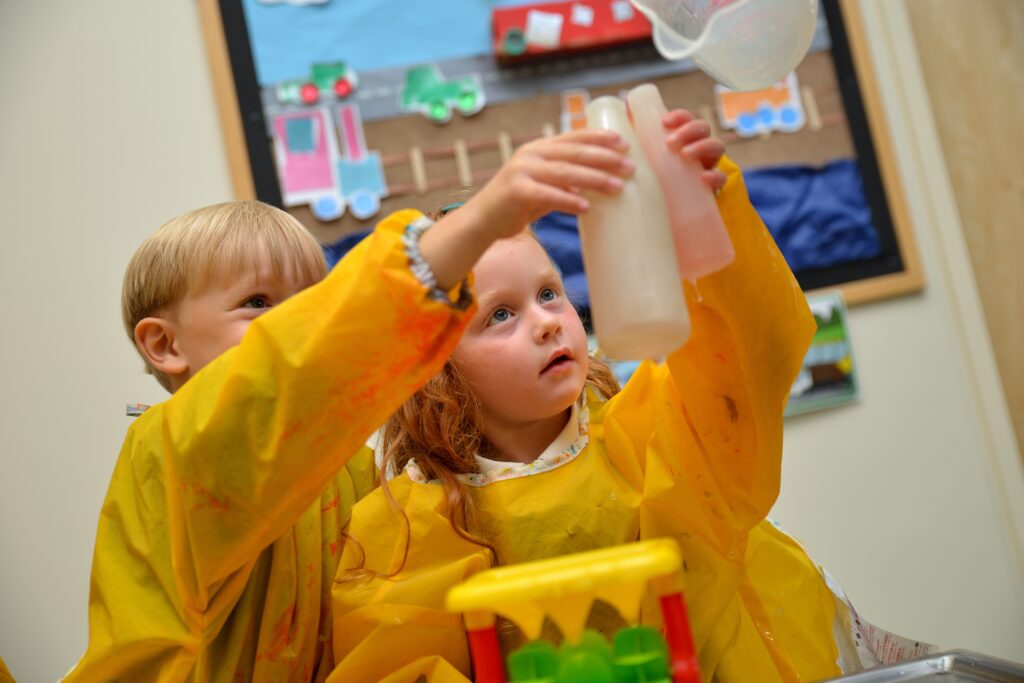
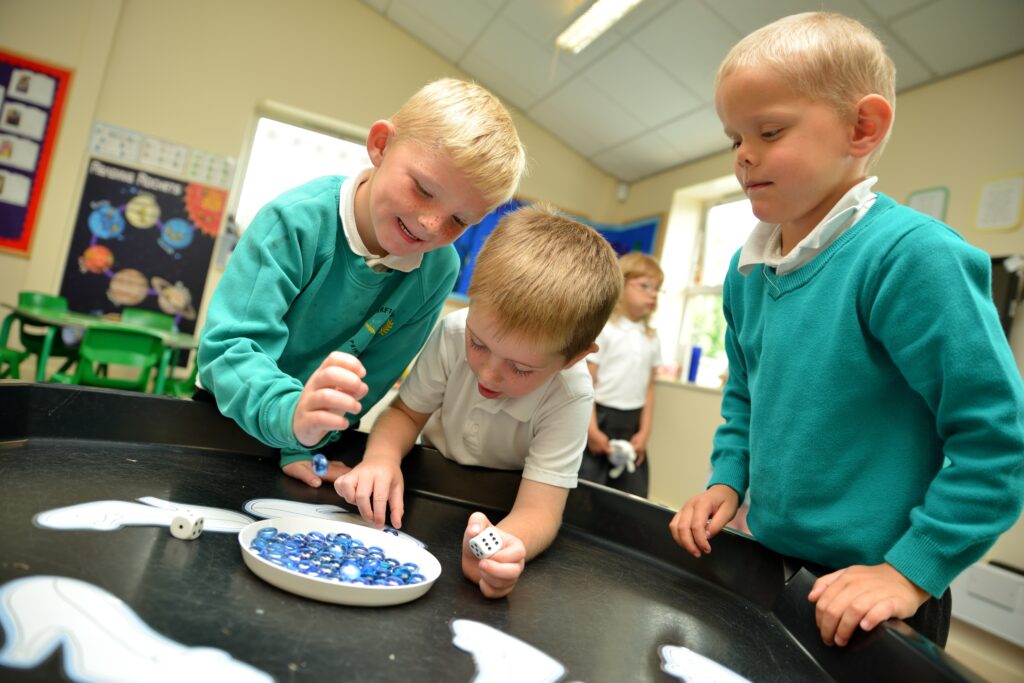
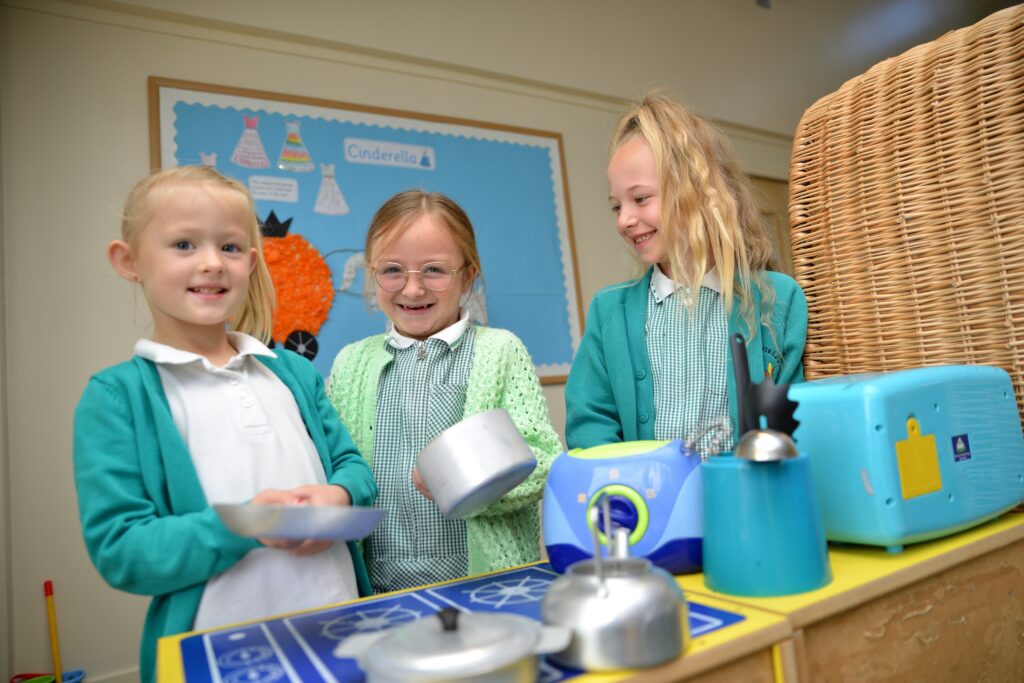
In Nursery and Reception, maths is broken into two main strands:
NUMBER
Children are taught to count reliably with numbers from 1-20, place them in order and say which number is one more or one less than a given number. Using quantities and objects, they add and subtract two single-digit numbers and count on or back to find the answer. They solve problems, including doubling, halving and sharing.
SHAPE, SPACE AND MEASURE
Children are taught to use everyday language to talk about size, weight, capacity, position, distance, time and money to compare quantities and objects and to solve
For our very youngest children, maths is covered during daily interactions with the children whilst child-initiated learning is taking place, for example: introducing the words ‘full’ and ’empty’ while playing with water and taking turns singing 5 current buns after making them out of dough.
There is a big focus on developing Mathematical vocabulary through practical activities linked to the story of the week when appropriate.
If you would like more details on how maths is taught in Nursery and Reception, please visit their page here.



